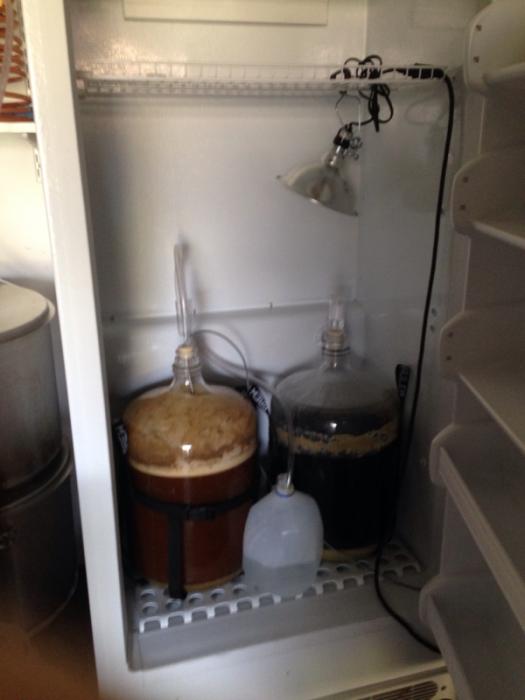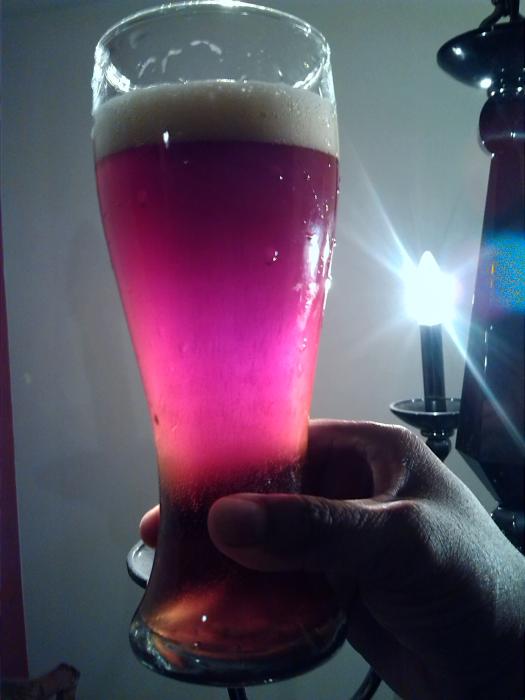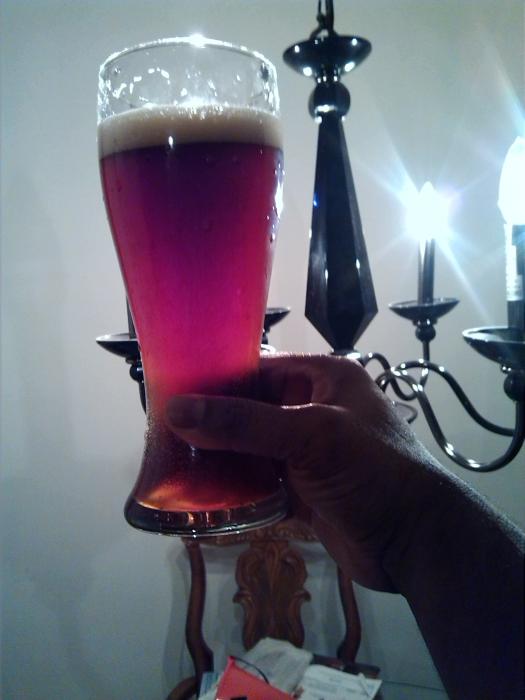I am doing this recipe today without the honey. And last night I made a yeast starter out of malta goya water and 4oz of molasses. also am using WLp001 cali ale yeast. and 2oz of crystal hops. I am going to carbonate with my co2 cartridges and whipit n20 cartridges, I know ghetto setup i have. N2o should make this a cream ale. wish me luck
no... N2o won't make it a cream ale... Cream Ale is a completely different style..N20 will give a creamy head but even that wont be much of a change from the way it was designed.
Irish Red Ale as defined by the BJCP
Description: An easy-drinking pint. Malt-focused with an initial sweetness and a roasted dryness in the finish. Sometimes brewed as a lager (if so, generally will not exhibit a diacetyl character). When served too cold, the roasted character and bitterness may seem more elevated.
Aroma: Low to moderate malt aroma, generally caramel-like but occasionally toasty or toffee-like in nature. May have a light buttery character (although this is not required). Hop aroma is low to none (usually not present). Quite clean.
Appearance: Amber to deep reddish copper color (most examples have a deep reddish hue). Clear. Low off-white to tan colored head.
Flavor: Moderate caramel malt flavor and sweetness, occasionally with a buttered toast or toffee-like quality. Finishes with a light taste of roasted grain, which lends a characteristic dryness to the finish. Generally no flavor hops, although some examples may have a light English hop flavor. Medium-low hop bitterness, although light use of roasted grains may increase the perception of bitterness to the medium range. Medium-dry to dry finish. Clean and smooth (lager versions can be very smooth). No esters.
Mouthfeel: Medium-light to medium body, although examples containing low levels of diacetyl may have a slightly slick mouthfeel. Moderate carbonation. Smooth. Moderately attenuated (more so than Scottish ales). May have a slight alcohol warmth in stronger versions.
Ingredients: May contain some adjuncts (corn, rice, or sugar), although excessive adjunct use will harm the character of the beer. Generally has a bit of roasted barley to provide reddish color and dry roasted finish. UK/Irish malts, hops, yeast.
Cream Ale as defined by the BJCP
Description: A clean, well-attenuated, flavorful American lawnmower beer. An ale version of the American lager style. Produced by ale brewers to compete with lager brewers in the Northeast and Mid-Atlantic States. Originally known as sparkling or present use ales, lager strains were (and sometimes still are) used by some brewers, but were not historically mixed with ale strains. Many examples are kräusened to achieve carbonation. Cold conditioning isnt traditional, although modern brewers sometimes use it. Classic American (i.e., pre-prohibition) Cream Ales were slightly stronger, hoppier (including some dry hopping) and more bitter (25-30+ IBUs). These versions should be entered in the specialty/experimental category. Most commercial examples are in the 1.0501.053 OG range, and bitterness rarely rises above 20 IBUs.
Aroma: Faint malt notes. A sweet, corn-like aroma and low levels of DMS are commonly found. Hop aroma low to none. Any variety of hops may be used, but neither hops nor malt dominate. Faint esters may be present in some examples, but are not required. No diacetyl.
Appearance: Pale straw to moderate gold color, although usually on the pale side. Low to medium head with medium to high carbonation. Head retention may be no better than fair due to adjunct use. Brilliant, sparkling clarity.
Flavor: Low to medium-low hop bitterness. Low to moderate maltiness and sweetness, varying with gravity and attenuation. Usually well attenuated. Neither malt nor hops prevail in the taste. A low to moderate corny flavor from corn adjuncts is commonly found, as is some DMS. Finish can vary from somewhat dry to faintly sweet from the corn, malt, and sugar. Faint fruity esters are optional. No diacetyl.
Mouthfeel: Generally light and crisp, although body can reach medium. Smooth mouthfeel with medium to high attenuation; higher attenuation levels can lend a thirst quenching finish. High carbonation. Higher gravity examples may exhibit a slight alcohol warmth.
Ingredients: American ingredients most commonly used. A grain bill of six-row malt, or a combination of six-row and North American two-row, is common. Adjuncts can include up to 20% flaked maize in the mash, and up to 20% glucose or other sugars in the boil. Soft water preferred. Any variety of hops can be used for bittering and finishing.

























![Craft A Brew - Safale S-04 Dry Yeast - Fermentis - English Ale Dry Yeast - For English and American Ales and Hard Apple Ciders - Ingredients for Home Brewing - Beer Making Supplies - [1 Pack]](https://m.media-amazon.com/images/I/41fVGNh6JfL._SL500_.jpg)






































